wikiHow is a “wiki,” similar to Wikipedia, which means that many of our articles are co-written by multiple authors. To create this article, volunteer authors worked to edit and improve it over time.
There are 8 references cited in this article, which can be found at the bottom of the page.
wikiHow marks an article as reader-approved once it receives enough positive feedback. In this case, 100% of readers who voted found the article helpful, earning it our reader-approved status.
This article has been viewed 70,973 times.
Learn more...
The normal heart rate ranges between 60 and 100 beats per minute. When the heart beats too rapidly, it deprives your organs and tissues of sufficient oxygen. Various factors can trigger an abnormally fast heart rate exceeding 100 beats per minute; this condition is referred to as tachycardia. In tachycardic individuals, the electrical signals in the upper chambers of the heart fire more than normal. While you should still consult a doctor about medical steps you can take to control tachycardia, you can also try treating this condition at home through diet change and stress management.
Steps
Changing Your Diet and Using Unverified Herbal Remedies
-
1Avoid caffeinated food and beverages. Stimulants like caffeine can exacerbate the symptoms of tachycardia. Caffeine contains chemical compounds that increase your level of alertness. It does this by stimulating the central nervous system and cerebral cortex of the brain, which causes vasodilation of your blood vessels. This can increase your blood pressure, which in turn can affect the electrical conduction in your heart, leading to rapid heartbeats.[1]
- While it depends on the individual, one to three cups of caffeine can increase the average person’s heart rate. Try to avoid drinking more than one cup of coffee, black tea, cola sodas, or eating chocolate at a time. Instead, opt for the decaffeinated option if you still want to consume these items.
-
2Consume foods that are rich in potassium. Having an electrolyte imbalance can lead to tachycardia. Low potassium levels, which is an electrolyte, is a very common cause of tachycardia. To combat this, eat foods that are rich in potassium. However, if you have hyperkalemia or other co-morbid conditions, it is very important that you talk to your doctor about how much potassium you should consume.[2]
- Foods that are rich in potassium include bananas, avocados, vegetables, root crops like potatoes, milk and oranges.
Advertisement -
3Use motherwort to control tachycardia. Motherwort is used in traditional Chinese medicine to combat different heart problems, including tachycardia. This herb contain alkaloid leonurine, a natural chemical that acts as a vasodilator. It has an antispasmodic property that can help to relax your heart muscles.[3]
- To prepare motherwort, pound motherwort leaves to make a tablespoon of extract. Pour a cup of hot water and mix it with the teaspoon of motherwort. Let it sit for several minutes, strain the mixture, and then drink it.
-
4Try taking Arjuna (Terminalia Arjuna). Arjuna is a common tree in India. Chemical laboratory studies showed that arjuna may contain antioxidants and flavonoids including, essential minerals and co-enzyme Q-10, which may help to regulate heart rhythm.[4]
- You can purchase arjuna tablets at natural food stores.
-
5Consider trying valerian. Valerian is a medicinal herb which is thought to help relax the heart’s smooth muscles and normalize heart function. It may also help to promote sleep and relaxation.[5]
- Use a ceramic kettle and bring a teapot full of water to boil. Add a teaspoon of dried valerian root. Strain and drink.
Reducing Stress
-
1Practice breathing techniques to lower your stress levels. Stress or emotional upset can trigger tachycardia.[6] Because of this, it is important to try to lower your stress levels whenever you begin to feel anxious. One way to do this is by practicing breathing techniques. To do this:
- Breathe in for four seconds through your nose. Hold your breath from a moment, and then release the breath through your mouth for another four seconds. Repeat this process five to ten times until you begin to feel calm.
-
2Practice meditation to calm your nerves. Another way to lower your stress levels is practice meditation. Meditation involves letting go of stress by releasing your thoughts. To meditate, find a quiet place to sit. Focus your thoughts on something soothing, such as the motion of waves rolling into and off of the sand.
- The length of time you spend meditating is up to you based on your personal preferences. Perhaps sitting quietly will help to calm you down, while other people may need to meditate for an hour.
-
3Sign up for a yoga class. Another way to fight stress is to engage both your body and mind by practicing yoga. Yoga can help to strengthen your body, while also acting as a form of meditation for your mind.[7]
- You can practice yoga at home, or you can sign up for a yoga class at your local gym or meditation center.
-
4Exercise regularly. Exercising often can help to improve blood circulation, which in turn can help to combat tachycardia. At the same time, exercising helps to release endorphins, which combat feelings of stress. Talk with your doctor about how often you should exercise, depending on your physical health.
- Exercising regularly generally means exercising for 30 minutes, four to five times a week[8] . Try jogging, bicycling, or swimming to get your blood flowing.
References
- ↑ https://www.mayoclinic.org/diseases-conditions/tachycardia/symptoms-causes/syc-20355127
- ↑ https://www.beaumont.org/health-wellness/blogs/10-easy-things-you-can-do-to-lower-your-blood-pressure
- ↑ http://www.sld.cu/galerias/pdf/sitios/mednat/botanica_ritmos_cardiacos.pdf
- ↑ http://www.ncbi.nlm.nih.gov/pmc/articles/PMC2996571/
- ↑ Klepser TB, Klepser ME. Unsafe and potentially safe herbal therapies. Am J Health Syst Pharm 1999, 56(2): 125-138.
- ↑ http://www.patient.info/health/supraventricular-tachycardia
- ↑ https://www.hopkinsmedicine.org/health/wellness-and-prevention/the-yoga-heart-connection
- ↑ http://www.heart.org/HEARTORG/GettingHealthy/PhysicalActivity/FitnessBasics/American-Heart-Association-Recommendations-for-Physical-Activity-in-Adults_UCM_307976_Article.jsp
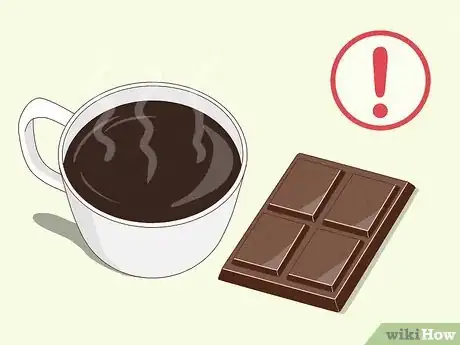

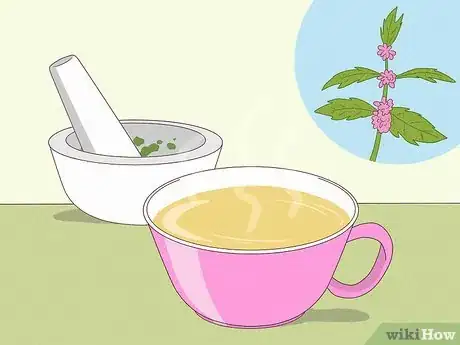
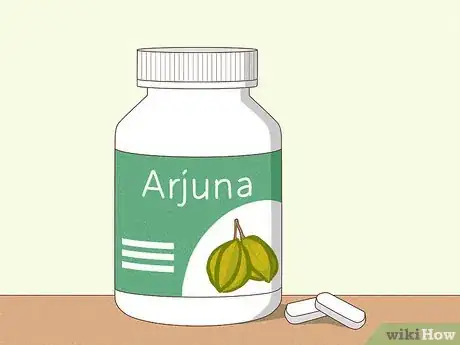

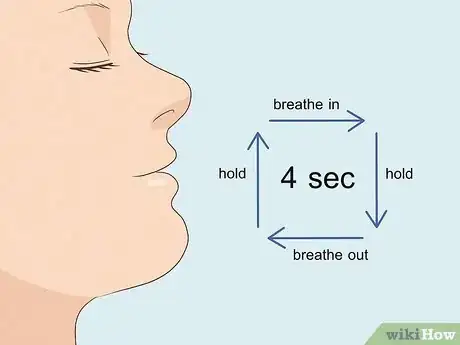
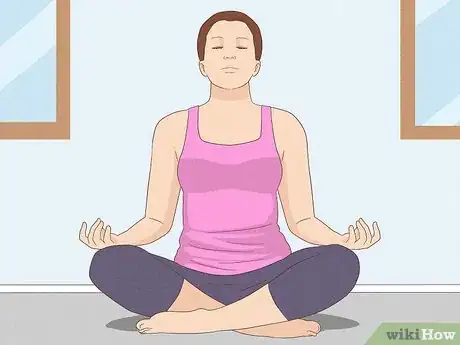
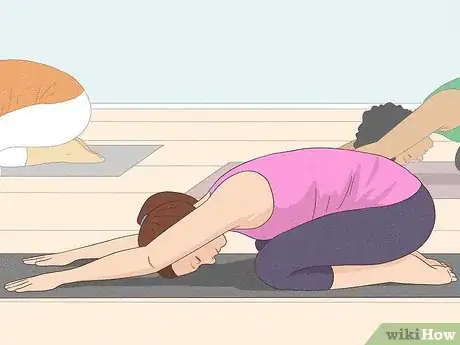
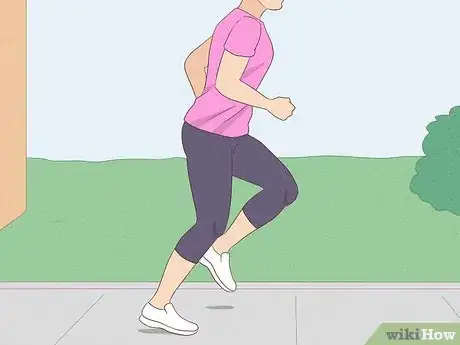
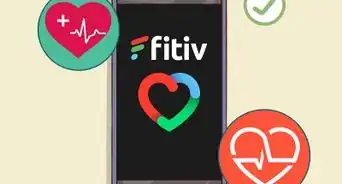


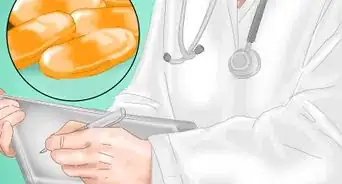
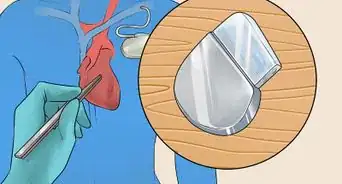









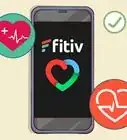
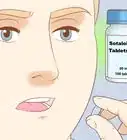

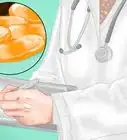



































Medical Disclaimer
The content of this article is not intended to be a substitute for professional medical advice, examination, diagnosis, or treatment. You should always contact your doctor or other qualified healthcare professional before starting, changing, or stopping any kind of health treatment.
Read More...